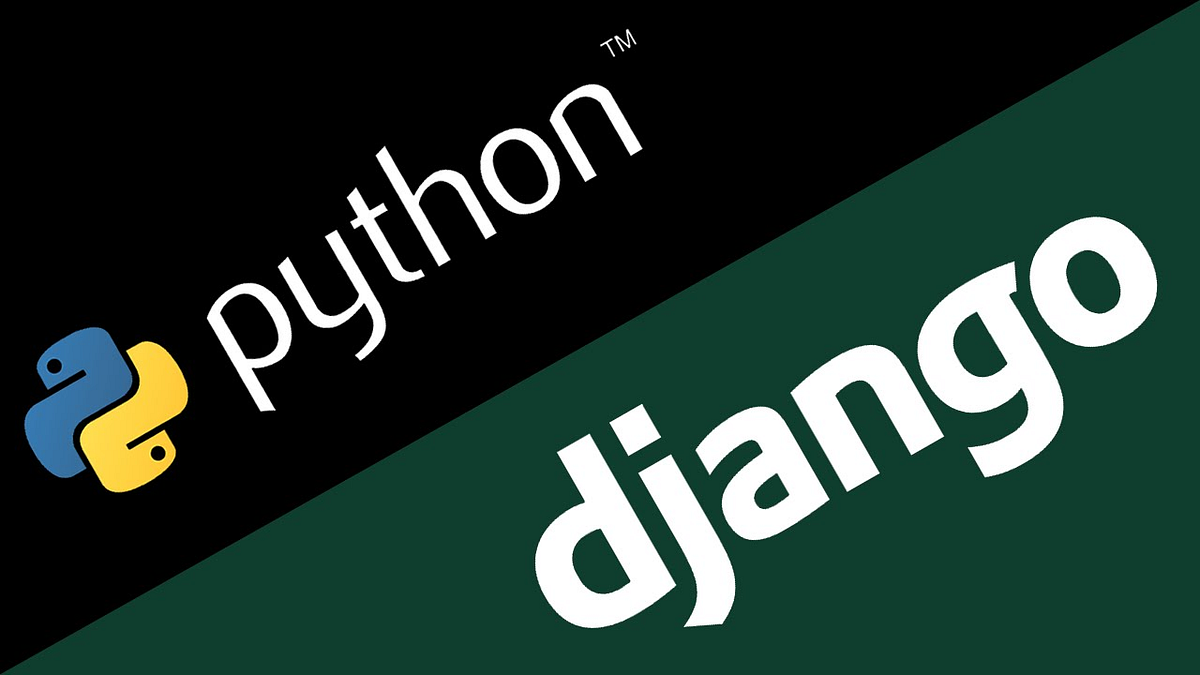- Published on
7 Steps To Getting Started with Django for Beginners
- Authors
- Name
- Luca Liebenberg

The Django ORM (Object-Relational Mapping) is a powerful tool that simplifies database interactions in Django projects, enabling developers to work with databases using Python objects and queries instead of raw SQL. In this comprehensive guide, we'll explore the fundamentals of Django ORM and provide practical insights for beginners looking to master database operations in Django.
We'll cover essential topics such as defining Django models to represent database tables, creating and migrating database schemas using Django's migration system, querying data with Django QuerySets to retrieve, filter, and manipulate database records, and performing CRUD (Create, Read, Update, Delete) operations using Django's ORM API.
Additionally, we'll dive into advanced techniques such as optimizing database queries with select_related() and prefetch_related(), handling relationships between Django models using ForeignKey, OneToOneField, and ManyToManyField, and integrating third-party libraries for advanced ORM functionalities.
By the end of this guide, beginner developers will have a solid understanding of Django ORM and be equipped with the knowledge and skills to build robust and scalable web applications with Django.
1. Defining Django models
Django models define the structure of database tables. Here's an example of defining a simple model:
# models.py
from django.db import models
class Product(models.Model):
name = models.CharField(max_length=100)
price = models.DecimalField(max_digits=10, decimal_places=2)
2. Database Migrations
Django's migration system manages changes to your database schema. Here's how to create and apply migrations
$ python manage.py makemigrations
$ python manage.py migrate
3. Querying Data with Django QuerySets
Django QuerySets allow you to interact with your database. Here's how to retrieve and filter data
# views.py
from django.shortcuts import render
from .models import Product
def product_list(request):
products = Product.objects.filter(price__gte=10) # Get products with price greater than or equal to 10
return render(request, 'product_list.html', {'products': products})
4. Performing CRUD Operations
Django's ORM provides an API for CRUD operations. Here's an example of creating, reading, updating, and deleting records
# Creating a new product
new_product = Product.objects.create(name='New Product', price=20.99)
# Reading a product
product = Product.objects.get(pk=1)
# Updating a product
product.price = 25.99
product.save()
# Deleting a product
product.delete()
5. Optimizing Database Queries
Django provides methods like select_related() and prefetch_related() to optimize database queries. Here's how to use them
# views.py
from django.shortcuts import render
from .models import Author, Book
def book_list(request):
books = Book.objects.select_related('author').all() # Optimized query to fetch books with related authors
return render(request, 'book_list.html', {'books': books})
6. Handling Relationships
Django supports various types of relationships between models. Here's how to define and use relationships
# models.py
class Author(models.Model):
name = models.CharField(max_length=100)
class Book(models.Model):
title = models.CharField(max_length=100)
author = models.ForeignKey(Author, on_delete=models.CASCADE)
7. Integrating Third-Party Libraries
Django's ORM can be extended with third-party libraries for advanced functionalities. Here's an example of integrating django-filter for filtering querysets
# views.py
from django.shortcuts import render
from django_filters import FilterSet
from .models import Product
from .filters import ProductFilter
def product_list(request):
filter = ProductFilter(request.GET, queryset=Product.objects.all())
return render(request, 'product_list.html', {'filter': filter})
Conclusion
By mastering these concepts and techniques, beginner developers can effectively manage database operations in Django projects and build robust and scalable web applications.